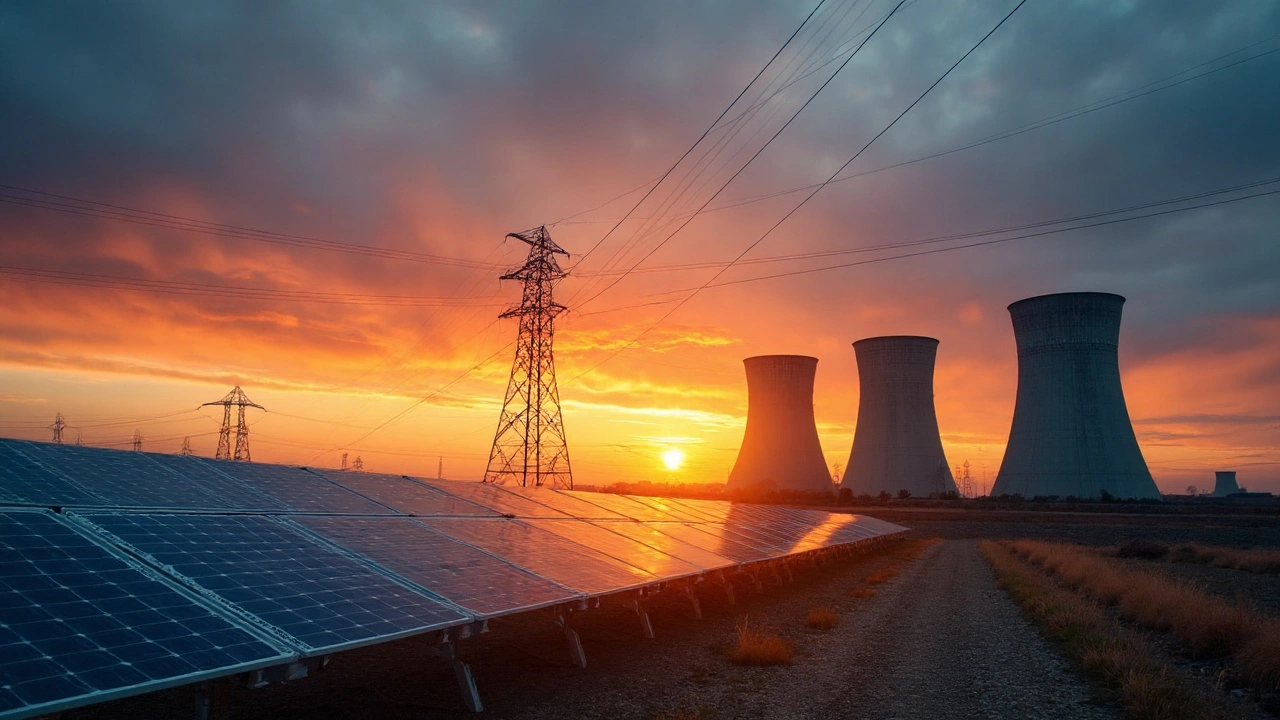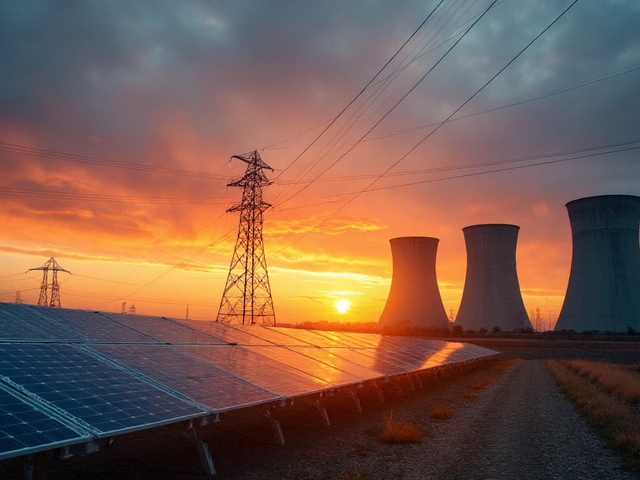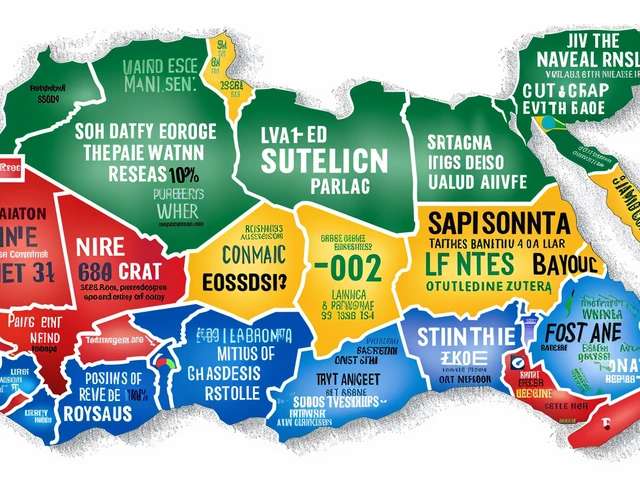Unregistered rooftop solar is now on notice
Rooftop solar has surged in South Africa, but Eskom has drawn a hard line: any grid-tied solar system on its network that isn’t registered is illegal — even if it never pushes a single watt back into the grid. The utility is moving to enforce national rules for Small-Scale Embedded Generation (SSEG), and that means meters, paperwork, and upgrade costs for households and businesses that connected without approval.
In plain terms, if your inverter is connected to an Eskom supply — whether you export or not — you need to register. The utility says the regulations exist to protect workers and equipment and to keep voltage and frequency within safe limits. Anti-islanding, correct protection settings, and the right metering are non-negotiables on an already stressed grid.
The immediate pain point is money. Bringing a non-compliant system into line usually requires a bidirectional (import/export) meter, an updated Certificate of Compliance (CoC), and proof that the inverter is type-approved under national standards. Installers and customers report that these steps can cost several thousand rand per site, depending on the meter swap, inspection scope, and any wiring changes needed to satisfy SSEG rules.
Some users are weighing a different route: cutting the cord. Off-grid systems that are physically disconnected from Eskom’s network don’t require SSEG registration. But going fully off-grid means bigger batteries, careful load management, and often a backup generator — which shifts costs and risk from the grid to the homeowner. For many households, especially in winter or during long cloudy stretches, that trade-off isn’t trivial.
What changed, why it matters, and what to do next
What’s actually changing is enforcement. South Africa’s electricity regulations and technical standards have required registration for years, but compliance has been patchy. As the number of rooftop systems has exploded, the risks have grown: reverse power flow can trip protection, unmanaged exports can distort local voltages, and a live circuit during an outage can endanger line crews. Eskom says registering SSEG installations — export-capable or not — lets it plan networks, configure protection, and use the right meters.
Here’s what a typical compliance path looks like:
- Check your supply authority: If Eskom bills you directly, you register with Eskom. If your municipality supplies you, you follow the city’s SSEG process.
- Confirm your equipment: Most inverters need local type-approval and anti-islanding features aligned to national standards.
- Sort the metering: Non-compliant meters can run backward or trip. Expect a swap to a bidirectional or advanced meter that records both imports and exports.
- Paperwork and inspections: You’ll need an updated CoC, system schematics, installer sign-off, and final approval before energising.
- Tariff changes: Once registered, your tariff may change. Some distributors offer net billing for exports, others prohibit export and set the meter to import-only.
Costs vary by location and installer. A meter change alone can run into the thousands, and the rest depends on how your DB board is wired, whether your inverter meets the standard, and how much remedial work is required. Budget both for the hardware and for professional time to compile drawings, fill in applications, and attend inspections.
What if you never export? Under Eskom’s stance, that doesn’t exempt you. Grid-tied still means tied to the grid. Even a non-export system can feed back accidentally if it’s not set up correctly, and the grid still needs to know what protection sits behind your meter. That’s why registration and the right meter are required.
Could Eskom disconnect you if you ignore this? The utility’s supply terms allow it to act against unsafe or unauthorised connections. Practically, that can mean instructions to comply, followed by meter changes or disconnection until the site is safe and approved. Penalties differ by contract and region, but the message is simple: bring the installation into line or take it off the network.
Municipal customers face similar rules through their cities, though the details differ. Some municipalities now pay for exported energy at a set rate; others allow connection but ban export. Either way, registration and compliance are standard, and so is the shift to smart or bidirectional meters.
Thinking about going off-grid instead? Run the numbers. A true off-grid system needs enough battery and generation to ride through days of poor sun, plus a plan for heavy loads like ovens or pool pumps. Batteries degrade, generators need maintenance, and winter profiles are harsher than summer. For many homes, staying connected — even with fixed charges and registration — still works out cheaper and simpler over the year.
Installers are adapting too. Expect more insistence on pre-approval before a panel is mounted, more focus on type-approved inverters, and tighter commissioning checklists. The market will likely see a wave of meter upgrades and paperwork clean-ups as households move from “just get me through load-shedding” to “make it legal and safe.”
If you already have rooftop solar, here’s a quick action list:
- Confirm who supplies you (Eskom or municipality) and check the relevant SSEG process.
- Ask your installer to verify inverter certification and anti-islanding settings.
- Get a compliance assessment and a costed plan for any meter swap and wiring updates.
- Submit the application before you change settings or export.
- Keep your CoC and approval letter — you’ll need them when you sell the property or change tariffs.
The push may feel heavy-handed, but the logic is clear. South Africa’s grid is fragile. Unmanaged generation on the customer side magnifies the risk. Registration, proper metering, and certified equipment are the price of plugging private solar into a public network — and they’re now being enforced.






Post A Comment